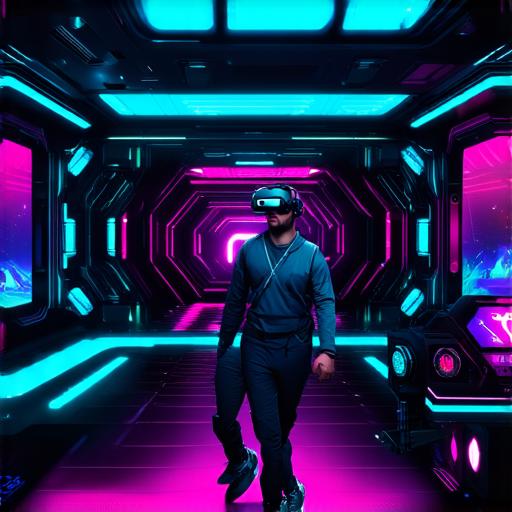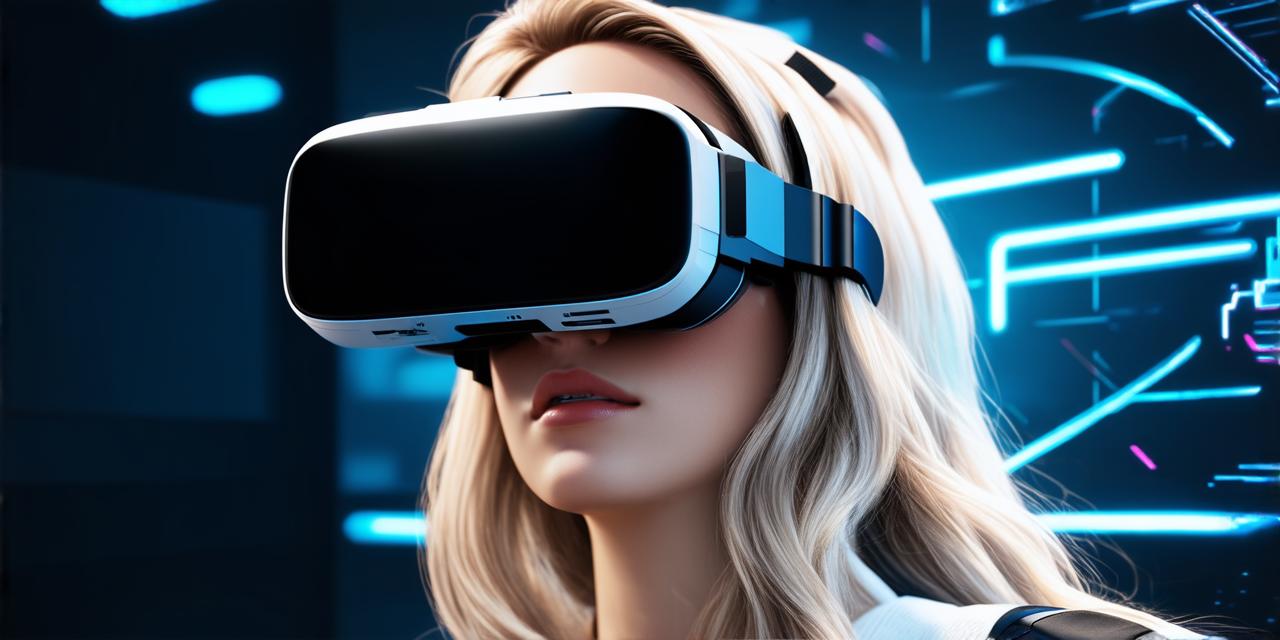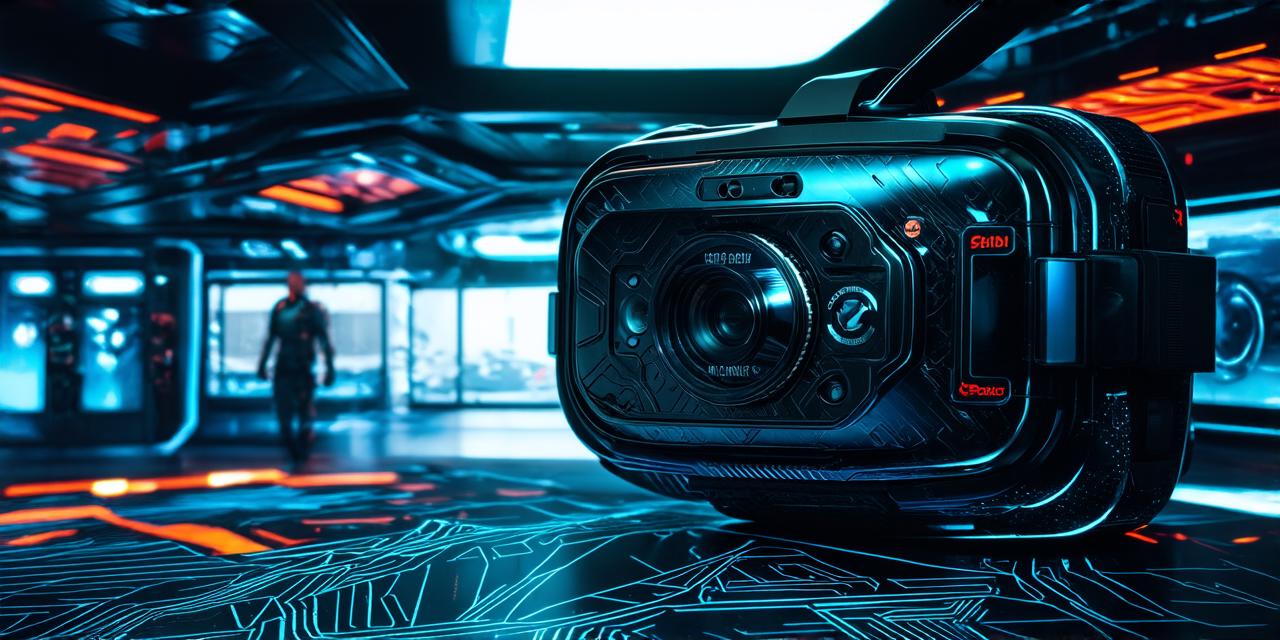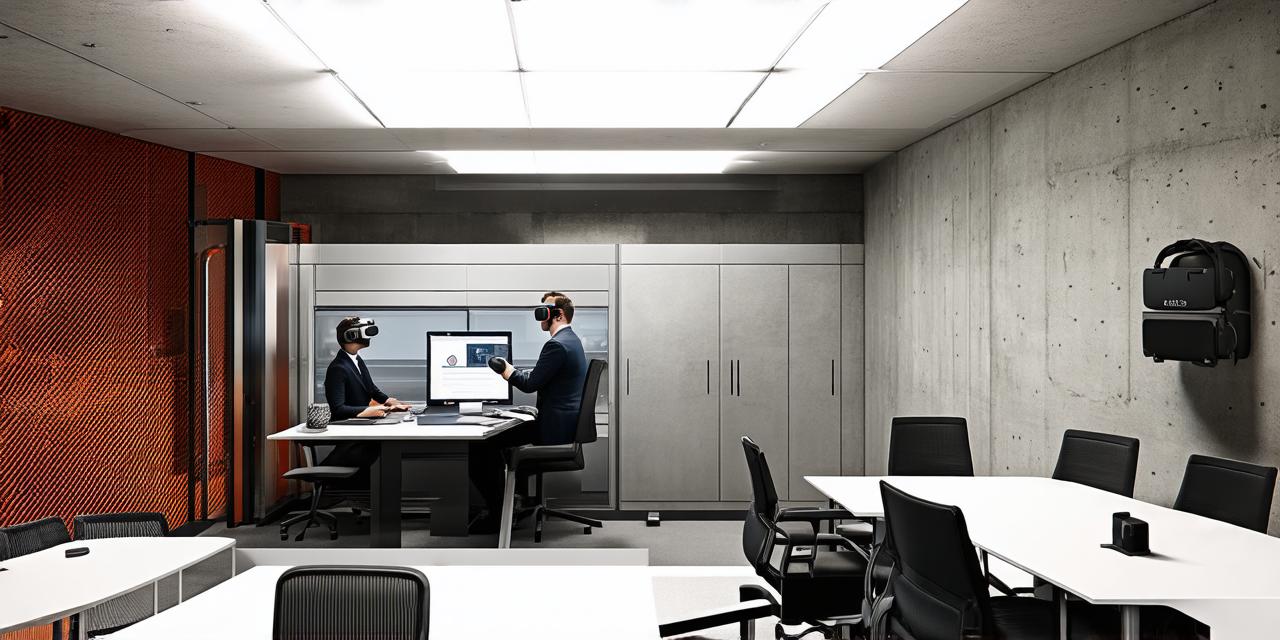Introduction
Virtual Reality (VR) is a revolutionary technology that has redefined the boundaries of human interaction with digital environments. This article aims to provide an in-depth analysis of what truly exemplifies virtual reality, focusing on its unique characteristics and applications.
What is Virtual Reality?
Virtual Reality is an immersive, interactive experience generated by a computer. It simulates a realistic and artificial environment, allowing users to interact with it as if they were physically present in that world. This technology combines elements of sight, sound, touch, and even smell to create a fully-immersive experience.
Key Components of Virtual Reality

- Immersive Environment: VR provides a 360-degree view of the simulated environment, allowing users to look around naturally without any physical constraints. This immersion is achieved through specialized hardware like head-mounted displays (HMDs) and motion tracking systems.
- Interactivity: Unlike traditional media, VR allows users to interact with the digital world in a meaningful way. They can manipulate objects, navigate through spaces, and even influence the behavior of virtual characters.
- Sensory Immersion: To enhance the immersive experience, VR often incorporates audio, haptic (touch) feedback, and even olfactory (smell) stimuli. This multi-sensory approach helps to create a more believable and engaging virtual environment.
Examples of Virtual Reality Applications
- Gaming: VR has revolutionized the gaming industry by offering highly immersive, interactive experiences. Games like Beat Saber, Half-Life: Alyx, and Resident Evil 7 provide engaging, immersive experiences that push the boundaries of what is possible in gaming.
- Education: VR offers a unique opportunity for students to learn through experiential education. By simulating historical events, scientific phenomena, or complex mathematical concepts, VR can make learning more engaging and accessible.
- Training and Simulation: Industries such as healthcare, military, and aviation use VR for training purposes. These simulations allow trainees to practice procedures in a safe, controlled environment before performing them in real life.
- Architecture and Design: Architects and designers can use VR to visualize their designs in a realistic, immersive way. This allows them to make informed decisions about design choices and communicate their ideas more effectively.
Summary
Virtual Reality is a transformative technology that offers endless possibilities for entertainment, education, training, and design. By providing an immersive, interactive experience, VR has the potential to change the way we interact with digital environments. As the technology continues to evolve, we can expect to see even more innovative applications of this groundbreaking technology.



